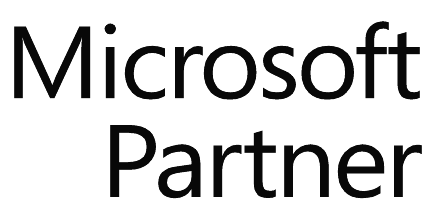We answer some questions posed by potential end-users of speech analytics technology as identified and highlighted in the Contact Babel 2014 Inner Guide to Customer Contact Analytics.
Our customer base has many dialects and accents, as well as different languages.
How does Speech Analytics handle this, and does word and phrase recognition improve over time?
Accents are catered for via the use of language packs, these provide a pronunciation model which helps with accents and dialects through rules which identify the likeliest pronunciation. It is effectively able to identify the most likely meaning of a phonetic string for a particular language. Most manufacturers have a number of language packs to satisfy multi-lingual organisations. Word and phrase recognition does not improve over time, it is only as good as that first capture and analysis of the audio. This is why accuracy of the results needs to be reviewed as an ongoing task.
It is the occasions where the Speech Analytics solution misidentifies a phrase that sticks in the minds of the business managers, and reduces the impact of the findings. How can we present data and focus managers on the problems that need solving?
Speech Analytics is accurate however does require careful thought in terms of what phrases to look for. Avoid phrases that do not provide context or could easily be mistaken for something else. The length of the phrase is also important if it makes it more acoustically unique.
Organisations often don’t take the time to think about the best phrases to leverage the required information. This often results in “false positives” or erroneous results which impacts on the integrity of the application.
It is important to consider how accurate you want your searches (precision) and how many examples you require (re-call). This depends on the organisation and type of analysis undertake.
This is why Business Systems work closely with organisations to ensure the results are relevant accurate and able to provide real business insight.
What are the challenges involved in successfully using real -time Speech Analytics?
What do we have to put in place to ensure that it works optimally?
Real Time Analytics can either provide real time reporting, process guidance or automation of repetitive tasks. As the interactions are being indexed in near real time this means there is often a requirement for larger processing and storage requirements. It also requires a good understanding of the organisation’s applications to ensure any real time prompts are relevant and timely. The ability to integrate to the applications within the business is also key in that real time analytics needs to be embedded into the organisation.






